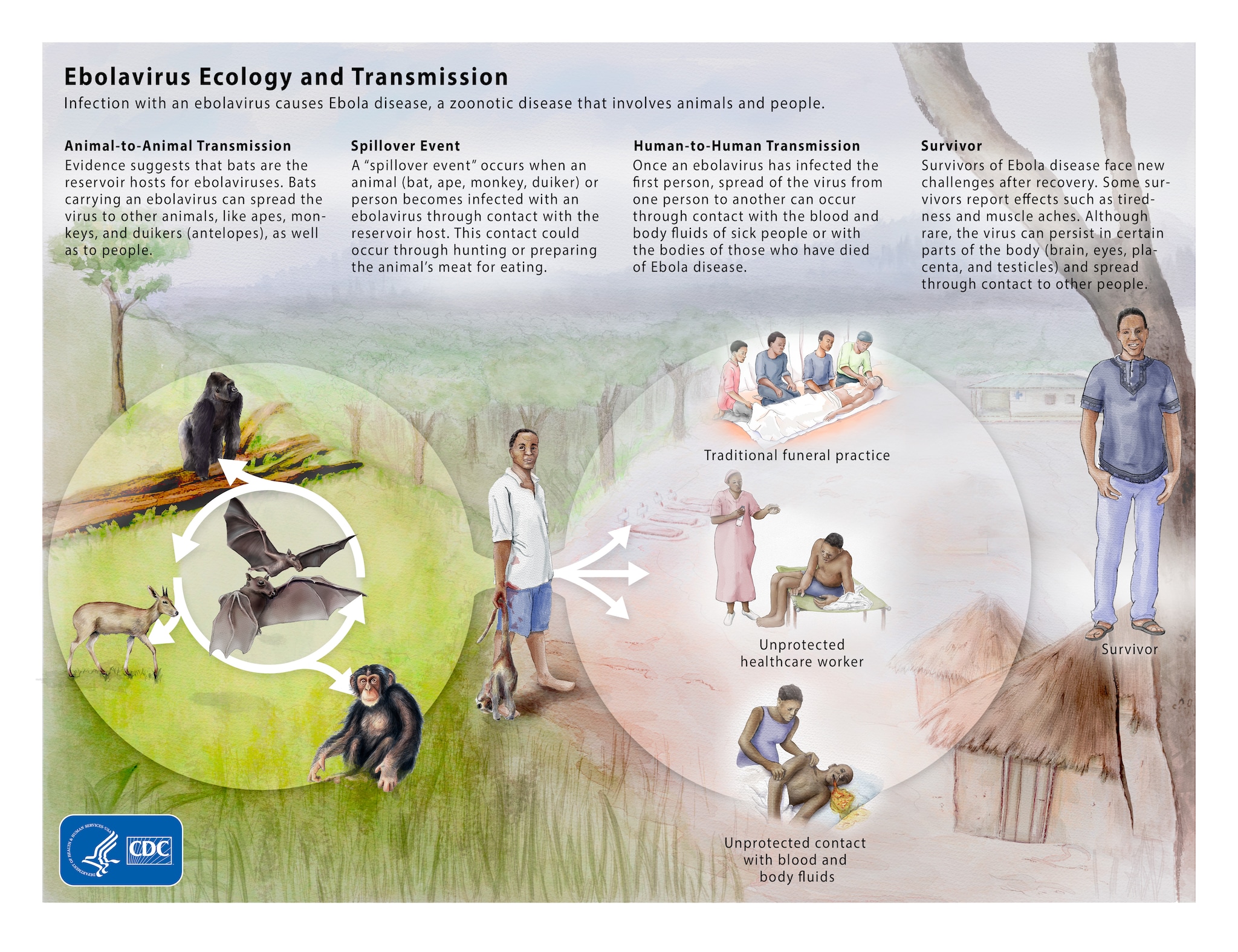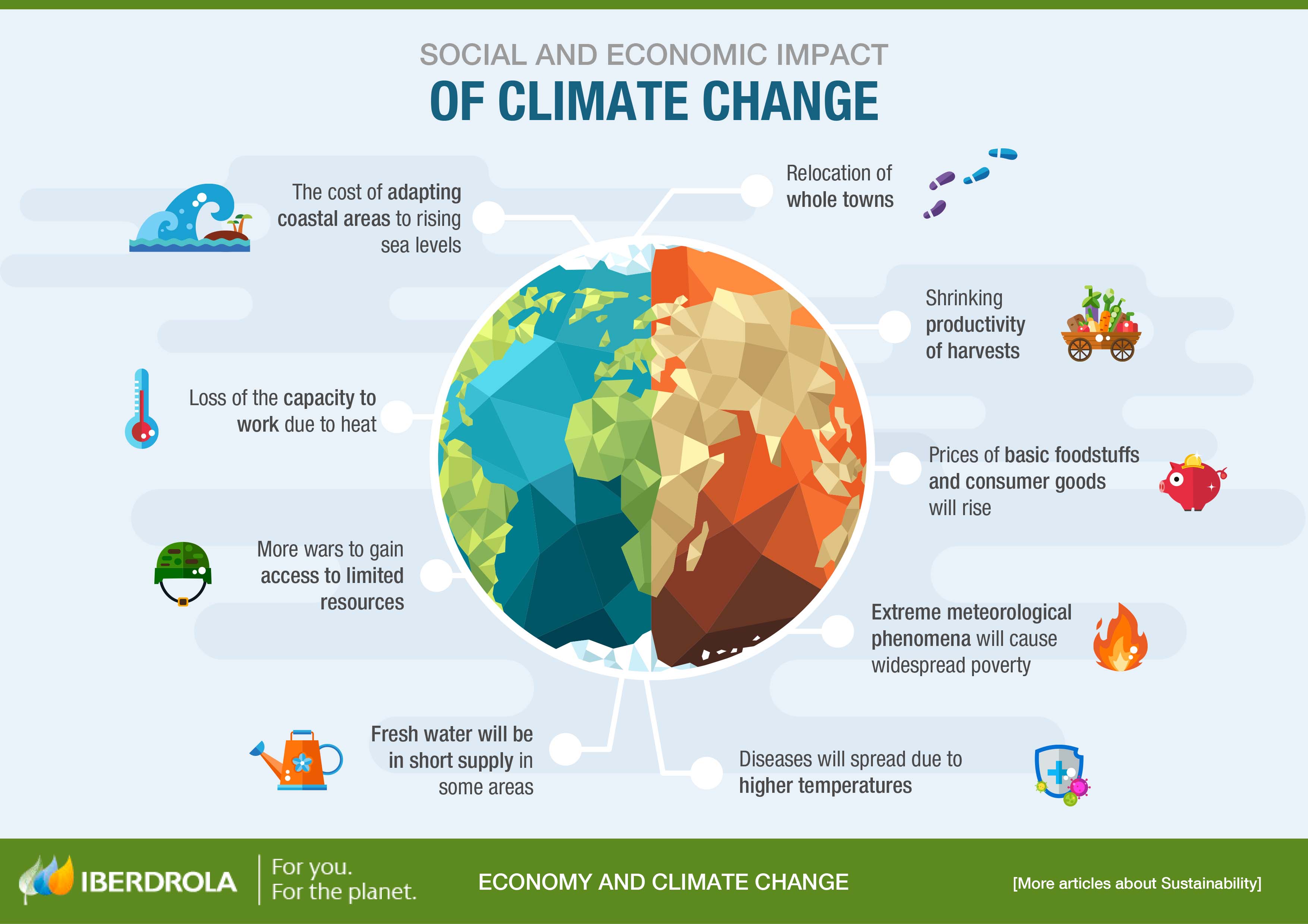As the World Attempts to minimise continued damage and recover from that already done to both economic and health systems as a result of COVID-19, a global shift towards recovery has been adopted. In this recovery plan many issues must be considered. What mistakes were made? What have we learned? And how can we improve?
One positive to come from this global pandemic is perspective for many people, the health and wellbeing of individuals and the planet is far more important than material items and lavish holidays abroad.
Following the COP26 conferences, which too took place in the midst of the pandemic, it was pointed out that the impact we have globally on the natural environment is undeniably negative and that our planet is not capable of a recovery rate that matches our rate of destruction. This issue cannot be tackled by a group of individuals within society making climate conscious decisions or by a handful of industries vowing to become carbon neutral or by politicians making promises of climate action laws that they will impose provided they get into power. An issue this large requires smaller effort at a greater scale, it requires a collaborative effort. As was pointed out at COP26, the issue of climate change is not discriminatory, it impacts everyone regardless of race, gender, wealth or power which is exactly why unity is needed.

When reflecting upon climate issues in tandem with the global pandemic one obvious solution seems to appear relating to the global consumption of animals.
It is believed that the initial source of COVID-19 was in a live food market in Wuhan, China. This is not the first time that consumption of animals has led to the spread of a disease or virus from animals to humans with hugely detrimental impacts. Avian influenza virus, HIV, Ebola and Swine flu are just a few examples (Reddy & Saier, 2020). In all instances high levels of mortality have been seen and in some cases are still ongoing.

Specifically looking at COVID-19 as an example, outbreaks were consistently seen in meat processing plants in Ireland posing a threat to both workers and wider society (Taylor, et al. 2020). Ireland being a largely agricultural country, relies heavily on this industry however the risk associated with such industries must be addressed.

The undeniable environmental impact of rearing livestock for human consumption is a point that is continually raised at all climate change conferences. This industry is hugely demanding of natural resources that are becoming more and more scarce, it produces emissions that further accelerates the damage done to the Earth’s ozone layer and as extreme weather events become more frequent, temperatures continue to rise, habitats and species are lost and island nations are living in constant fear and poverty we must question whether our choices can be justified (Chen. et al. 2016). The statistics associated with this issue have been repeated so many times that they no longer bear any impact; methane, CO2, nitrous oxide emissions, water and land usage, habitat loss, all continue with no sign of improvement (Grossi, et al. 2019).

I believe as part of the building back greener campaign the most effective changes that can be made at a large scale by most of the global population relates to dietary choices. By reducing meat consumption not only will this have a positive effect on the environment but also on human health and the health of the planet. Species driven near extinction will recover, habitats will replenish themselves, emissions will be reduced and the ever-growing population will be capable of being fed through a much more efficient means of consuming calories i.e., directly from plants. Water sources can be used for sustaining human populations and growing essential crops as well as promoting an overall healthier diet which does not pose the threat of cardiovascular disease, cancer and obesity.

Alternatives will be necessary not only for consumers who find comfort in certain food products but also the farmers and industries and produce them and whose livelihoods depend on them, this is one of the many responsibilities of the building back greener campaign. Widespread support is needed in order to see this be successful and will require understanding and cooperation from the general public through science communication among other things such as affordability, accessibility, ease of use, taste and experience.
References:
Chen, S., Chen, X., Xu, J. (2016) Impacts of climate change on agriculture: Evidence from China, Journal of Environmental Economics and Management, 76; 105-124
Grossi, G., Goglio, P., Vitali, A., Williams, A.G. (2019) Livestock and climate change: impact of livestock on climate and mitigation strategies, Animal Frontiers, 9(1); 69–76
Reddy, B.L., Saier, M.H., Jr. (2020) The Causal Relationship between Eating Animals and Viral Epidemics, Microbial Physiology, 30; 1-6
Taylor, C.A., Boulos, C., Almond, D. (2020) Livestock plants and COVID-19 transmission, PNAS, 117 (50); 31706-31715